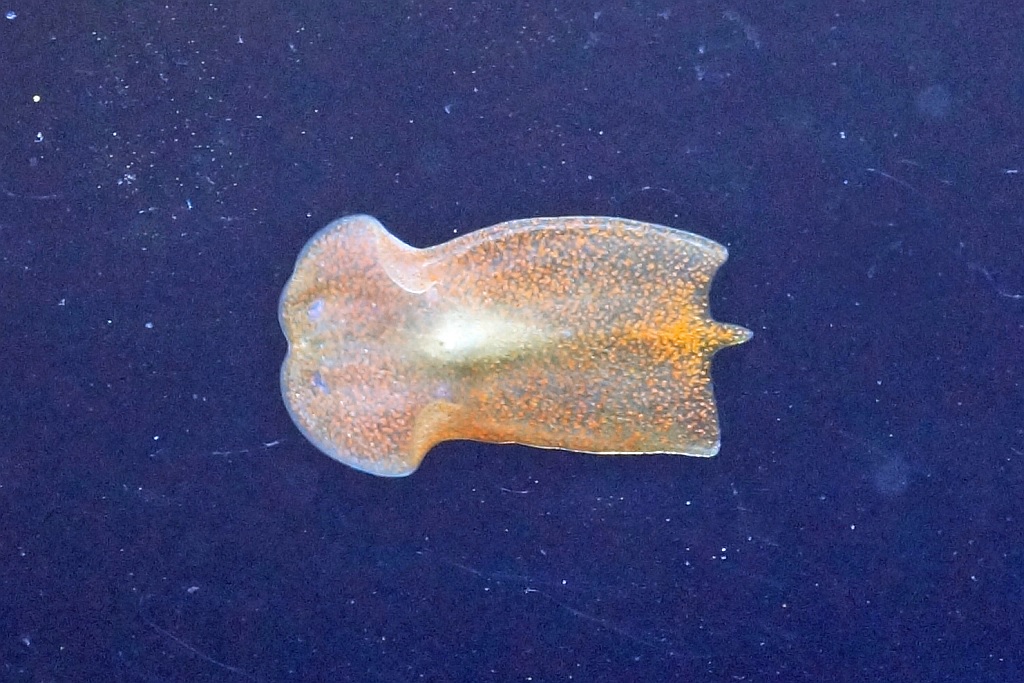I've been dealing with a Red Planaria outbreak for several months. My initial goal was to use biological methods, however after killing 2 yellow Coris wrasses  I decided to suck it up and use Flatworm Exit.
I decided to suck it up and use Flatworm Exit.
I just completed my first treatment that appears to have been successful. My question is, how long does it take eggs to hatch and once they hatch, how long does it take for them to mature and lay more eggs? My presumption is I'll need to repeat the treatment in a few days to weeks but I can't seem to find any good information.
Also, is the toxicity caused from actual toxins released from the flatworms, or is it a nitrite spike from the decaying biomass?
Here's my process so far:
I prepped by spending a couple weeks thinning them out the best I could. It's difficult because they congregate on the surface of the sand bed and I don't want to simply suck up all my sand so I would just suck everything I could find off the rocks and corals every day or two and gradually saw the numbers decreased.
To siphon them, I got a mesh filter sock from BRS and mounted it in my sump, then took a plain siphon (~½" hose) and siphoned the from the tank down to the filter sock. After I was finished, I turned the sock inside out and rinsed it out in the sink. Lather, rinse, repeat.
Once I had thinned the population so that there weren't enough crawling up from the sand bed to bother with I treated with Flatworm Exit - 4 drops/5 gallons or 100 drops for my 120 gallon tank + sump. I had carbon set up and ready and after 5 minutes the little buggers were clearly not too happy - falling off of the glass and shriveling up on the sand bed. At this point I started the pump for the carbon. (The instructions say to use 1 pound per 50 gallons but my reactor only holds about ½ pound so that's what I started with.)
After a couple hours I could see they were dead and basically floating right above the sand so I figured I'd try siphoning again. Holding the tube about 1 cm above the sand bed allowed me to suck up most of them without disturbing the sand bed.
After the carbon was running 3-4 hours, I did a 20 gallon water change. So far, everyone seems happy. Now I just need to determine when to re-treat.
I just completed my first treatment that appears to have been successful. My question is, how long does it take eggs to hatch and once they hatch, how long does it take for them to mature and lay more eggs? My presumption is I'll need to repeat the treatment in a few days to weeks but I can't seem to find any good information.
Also, is the toxicity caused from actual toxins released from the flatworms, or is it a nitrite spike from the decaying biomass?
Here's my process so far:
I prepped by spending a couple weeks thinning them out the best I could. It's difficult because they congregate on the surface of the sand bed and I don't want to simply suck up all my sand so I would just suck everything I could find off the rocks and corals every day or two and gradually saw the numbers decreased.
To siphon them, I got a mesh filter sock from BRS and mounted it in my sump, then took a plain siphon (~½" hose) and siphoned the from the tank down to the filter sock. After I was finished, I turned the sock inside out and rinsed it out in the sink. Lather, rinse, repeat.
Once I had thinned the population so that there weren't enough crawling up from the sand bed to bother with I treated with Flatworm Exit - 4 drops/5 gallons or 100 drops for my 120 gallon tank + sump. I had carbon set up and ready and after 5 minutes the little buggers were clearly not too happy - falling off of the glass and shriveling up on the sand bed. At this point I started the pump for the carbon. (The instructions say to use 1 pound per 50 gallons but my reactor only holds about ½ pound so that's what I started with.)
After a couple hours I could see they were dead and basically floating right above the sand so I figured I'd try siphoning again. Holding the tube about 1 cm above the sand bed allowed me to suck up most of them without disturbing the sand bed.
After the carbon was running 3-4 hours, I did a 20 gallon water change. So far, everyone seems happy. Now I just need to determine when to re-treat.
Last edited:


















